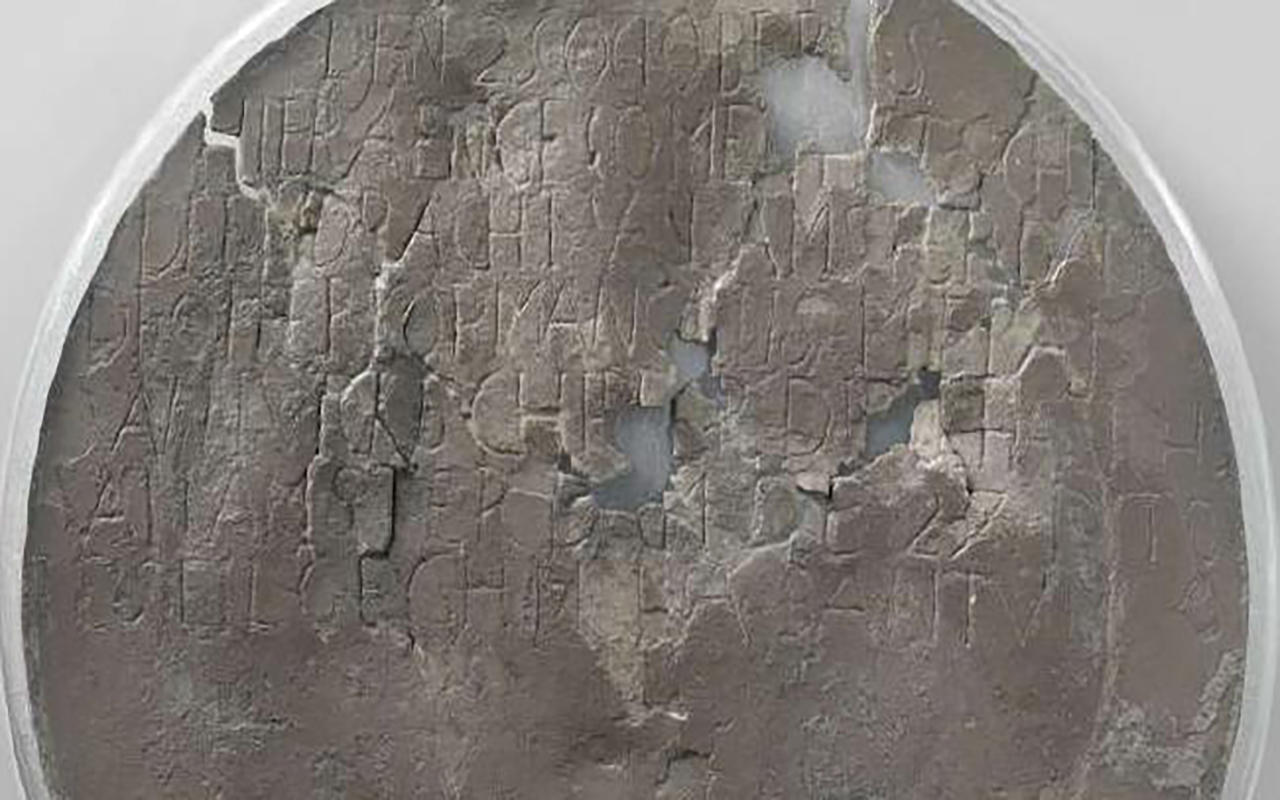 Back to projects
Back to projects

Eddy Currents as non-Destructive Testing Technique
- Supervisor: dr. Rudolf Sprik
- Research Team: Samuel Gibbs
- Goal:Using eddy current testing for defect detection and the characteristics of metallic museum artifacts.
- Info: R. Sprik, S.F. Gibbs
Non-destructive testing (NDT) techniques are commonly used in the art conservation community, helping them observe objects that are hundreds of years old. This is crucial as conservators need to determine if any preservative or restorative measures are required on artifacts to treat any obtained damage. As such, they often research new methods and techniques to determine their uses in the detection and observation of defects. In some cases, techniques are drawn from other areas of industry that use them for defect detection. One such technique is eddy current testing (EDT). EDT is an NDT technique utilizing magnetic fields to detect defects in metals via a change in resistance to the magnetic field, frequently used in the automotive and aerospace industries to detect cracks under coated or uncoated surfaces. To determine the uses of EDT in the art conservation field, we examine sample metals used in historical artifacts, using our EDT scanner. This technique will help in metal art conservation in areas such as the observation of microcracking in silver, observing metals with enamel coatings and characterizing historical metals such as pewter. The analysis of metal surfaces is done using plots such as image scans and surface plots. The characterization of metals is compared to existing models.
Goals
- Determine if EDT can be used for ancient metal characteristics.
- Compare current theoretical model with experimental results.
- Observe the surface of metallic surfaces and visualise surface defects
- Investigate the influence of coating on eddy current measurements.
- Test the practical us of eddy currents on historic pieces
